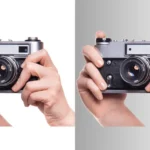There are a few things that all good photographs have in common. Whether you’re using a phone, a point-and-shoot camera, or a DSLR, if you follow these seven tips, your photos will be better. Check out the list and start practicing today!
Get to know your camera and understand the different settings and how they affect your photos.
This is probably the most important tip!
- Lighting is key – good lighting can make or break a photo. Pay attention to where the light is coming from and how it’s affecting your subject.
- Angle matters – the angle of your camera can completely change the look of your photo. Get creative and experiment with different angles to find the best one.
- Composition is important – how you compose your photo can make a big difference. Think about the rule of thirds and how you can use it to improve your compositions.
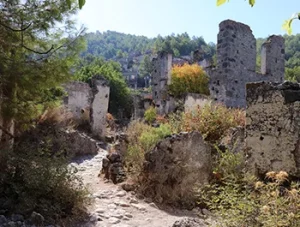
Find a good location with plenty of natural light:
This will make a big difference in the quality of your photos. Please pay attention to the background and ensure it’s not cluttered or distracting. A simple, clean background is always best. Take your time and don’t be afraid to experiment. The more you practice, the better your photos will be!
Learn about composition – experiment with framing your shots in different ways
Use editing software to enhance your photos – there are a lot of great programs out there that can help you take your photos to the next level. Find one that you’re comfortable with and start playing around. There are no rules when it comes to editing, so have fun and see what you can create!
These are just a few of the many things you can do to take better photos. Practice makes perfect, so get out there and start shooting! Remember to have fun and experiment – you never know what you might create.
Experiment with angles and perspectives
Angles and perspectives can change the whole feeling of a photo. Get down on the ground, climb up high, stand close to your subject, or back up far away. Find an angle that you like and that works well with your composition.
Angles and perspective can also be used to create leading lines. Leading lines are lines that lead the eye into the photo. They can be real lines like roadways or railroad tracks, or they can be implied lines like a row of trees or people standing in a line.
Take lots of practice shots – it’s the only way to get better
The best way to improve your photography skills is to practice, practice, practice! Take lots of photos and don’t be afraid to experiment. The more you shoot, the better you’ll get at seeing the world through a photographer’s eye.
Keep these seven tips in mind next time you’re out shooting and see how they can help you take better photos!
- Use a tripod
If you want to take sharp, well-exposed photos, then you’ll need to use a tripod. A tripod will stabilize your camera and prevent it from moving around, which is essential for taking clear photos. It’s also helpful for taking long exposures and night photography.
- Invest in a good camera
If you’re serious about taking great photos, then you’ll need to invest in a good-quality camera. A DSLR or mirrorless camera will give you the best results, but even a point-and-shoot camera can take great photos if you know how to use it.
- Learn how to use your camera’s manual mode
If you want to take full control of your camera and create stunning photos, then you’ll need to learn how to use manual mode. Manual mode lets you adjust the shutter speed, aperture, and ISO to get the perfect exposure for your photo. It takes a bit of practice to master, but it’s worth it!
- Get a good lens
The quality of your photos will also depend on the quality of your lens. If you’re shooting with a point-and-shoot camera, then you can’t do much about the quality of your lens. But if you’re shooting with a DSLR or mirrorless camera, then you have the option to buy different lenses. Invest in a good-quality lens and you’ll see a big difference in your photos.
Find the right location
The location of your photo shoot can make a big difference in the quality of your photos. If you’re shooting indoors, look for a location with plenty of natural light. If you’re shooting outdoors, find a spot that has a nice view. And if you’re shooting people, make sure the background is not too cluttered or distracting.
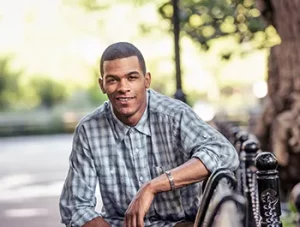
Pay attention to the background
The background of your photo can make a big difference in the overall composition. Make sure the background compliments your subject and doesn’t distract from it. A simple, clean background is always best.
SEE MORE: Background Removal Services
Pay attention to lighting conditions and find the best spot for your photo-shoot
Lighting is one of the most important elements of a good photo. If you’re shooting outdoors, pay attention to the time of day and find a spot that has good lighting. If you’re shooting indoors, look for a location with plenty of natural light. And if you’re using flash, make sure it’s not too harsh or overpowering.
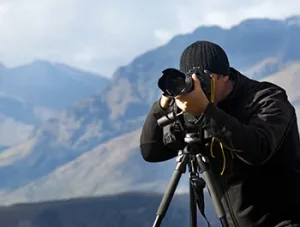
Take lots of photos and choose the best ones later
Don’t be afraid to take lots of photos. The more photos you take, the better your chances are of getting a great shot. And if you’re not happy with a photo, simply delete it and move on. You can always choose the best photos later when you’re editing.
Shoot in RAW format for more editing options
If you want to have more control over your photos during the editing process, then you should shoot in RAW format. RAW files are unprocessed and give you more flexibility when it comes to editing. You can adjust the white balance, exposure, and other settings without affecting the quality of the photo.
Edit your photos if needed, but don’t overdo it
Editing your photos is a great way to improve them, but don’t overdo it. Simple edits like adjusting the exposure or white balance can make a big difference. But if you add too many filters and effects, your photos will look fake and overdone.
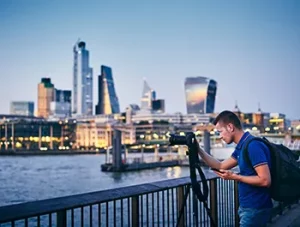
Use a tripod for stability when shooting in low light or at night
If you’re shooting in low light or at night, then a tripod is essential. A tripod will stabilize your camera and prevent it from moving around, which is essential for taking clear photos. It’s also helpful for taking long exposures and night photography.
Conclusion
Photography can be a fun and rewarding hobby, and with a little bit of practice, you can start taking photos that you’re proud to share with the world. These seven tips should give you a good starting point for improving your photography skills. We hope you’ll put them into practice and keep experimenting to find out what works best for you.
What have been your biggest challenges when it comes to photography? Let us know in the comments below, and we may feature your question in an upcoming blog post.


